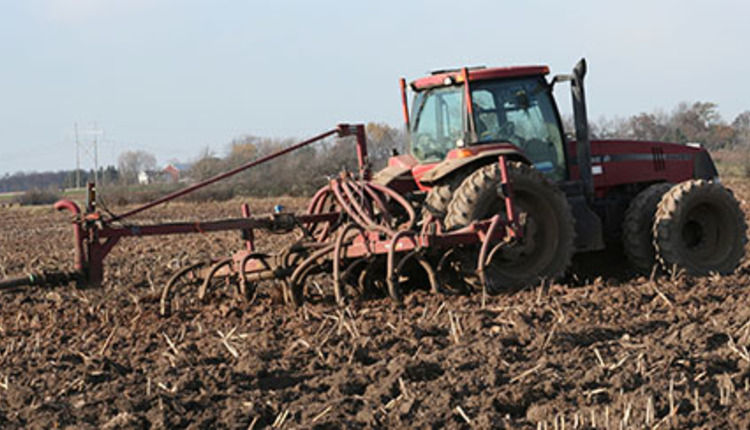
There are a lot of opinions about applying manure to established alfalfa; okay, maybe there are really just two: yea or nay. We’ll save established alfalfa for another day, but more to the point this time of year is the need to find fields for allowable spring manure applications once the corn ground is covered based on nutrient management plan guidelines.
One possible option is to look at fields that will be seeded to alfalfa in 2016.
Applying manure to alfalfa prior to seeding breaks tradition from the standpoint that manure, a good source of nitrogen, is being applied to a legume that has the ability to fix its own nitrogen. Though it’s true that it is economically more advantageous to apply manure to a grass crop, what we’re really talking about here is a viable option B.
A majority of the manure nitrogen applied will be utilized by the nitrogen-hungry alfalfa crop rather than leached to groundwater. Leaching is much more of a problem where high rates of manure are applied between alfalfa field termination and a following corn crop; too much of this practice still occurs.
Manure applications prior to alfalfa seeding can result in significant phosphorus and potassium contributions for the seeding and subsequent years of the stand. Depending on the rate applied and current soil fertility, such manure applications may eliminate the need for alfalfa topdress applications of commercial fertilizer for one or more years. Preseeding manure applications also supply a ready source of sulfur and micronutrients.
A number of research studies have examined the potential for preseeding manure applications. In Minnesota, a four-year study resulted in greater alfalfa yields on both medium and high phosphorus and potassium testing soils where liquid dairy manure applications up to 12,000 gallons per acre were applied. The yield gains also trended higher than those associated with comparable rates of commercial fertilizer applications.
Similar responses have also been obtained in several Wisconsin experiments where up to 24,000 gallons per acre of manure were applied. Higher yields at all locations carried through the first full production year. Again, alfalfa yield was greater for the manure treatments compared to plots where an equivalent amount of commercial fertilizer was applied.
It’s thought that secondary or micronutrients contained within the manure may be responsible for the enhanced yield benefits from the preseeding manure treatments. Other factors may have included improved soil tilth, earlier nitrogen availability and elevated microbial activity.
In all cases, preseeding manure applications need to be injected or tilled into the soil. Do not place seeds in direct contact with manure due to the latter’s high salt content.
Only apply manure to alfalfa prior to seeding where the crop is direct seeded or the companion crop is removed as forage. Applying high rates of manure where the companion crop is harvested as grain will often result in significant lodging of the small grain.
Both farmer experience and research have shown that weed pressure resulting from a preseeding manure application to alfalfa has been variable. If herbicides are applied to direct seedings (without a small grain companion crop) in a timely manner, this shouldn’t be a major consideration.
Manure applications prior to alfalfa seeding may not always need to be considered, but the practice is a proven option. A grass crop, like corn or a small grain, will always make the most economic use of applied manure nutrients. As always, follow your state’s nutrient management guidelines for all manure applications.

